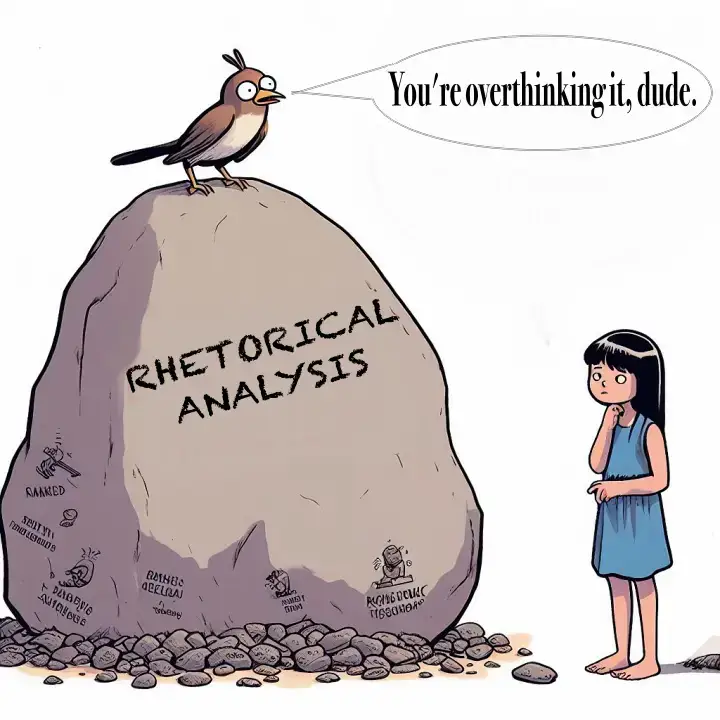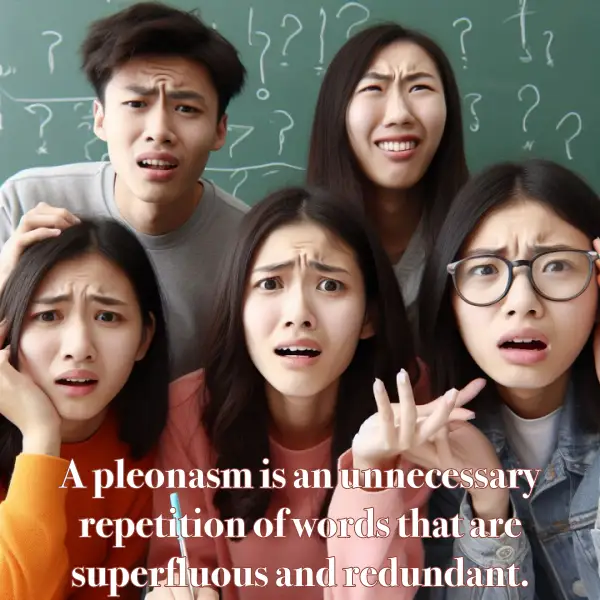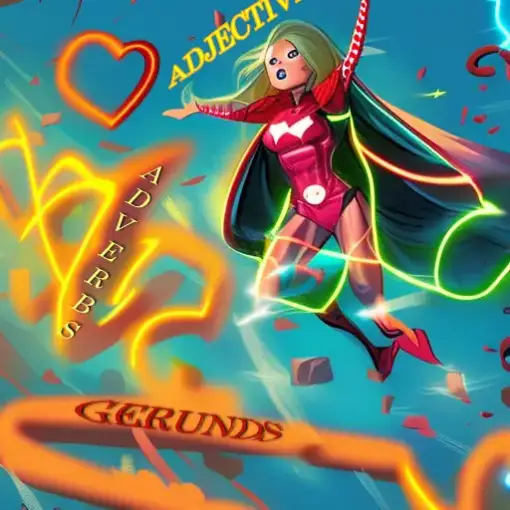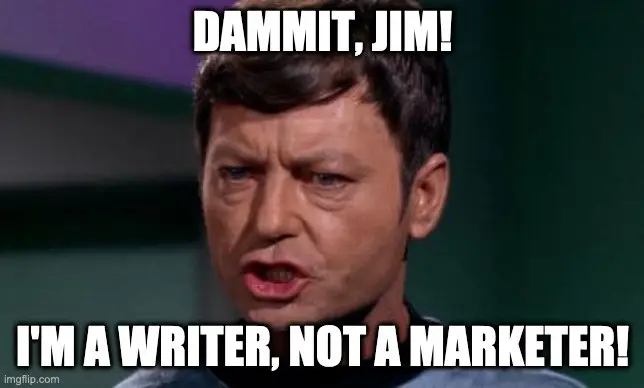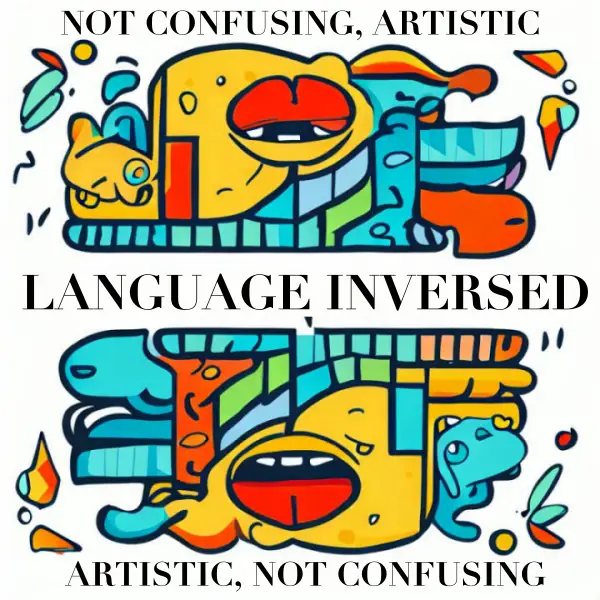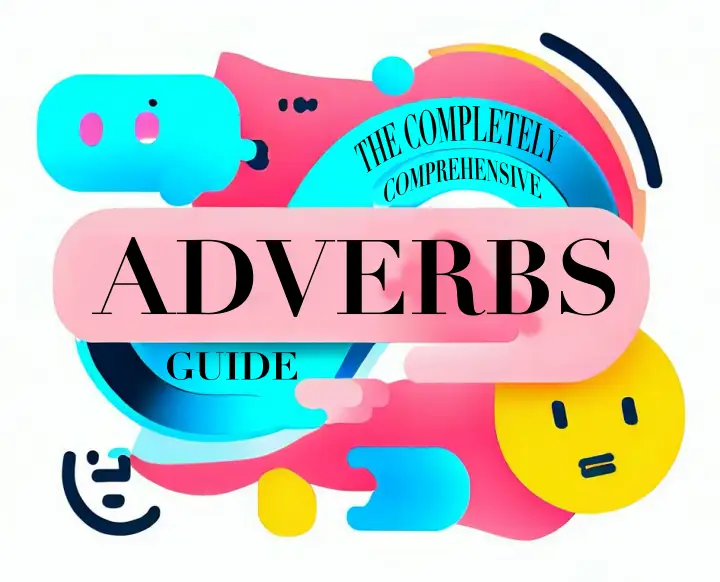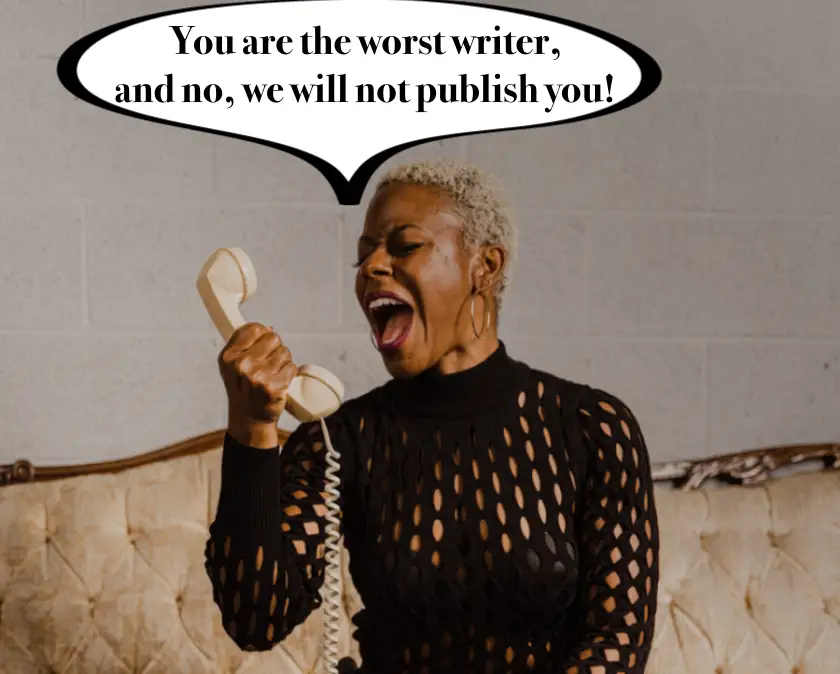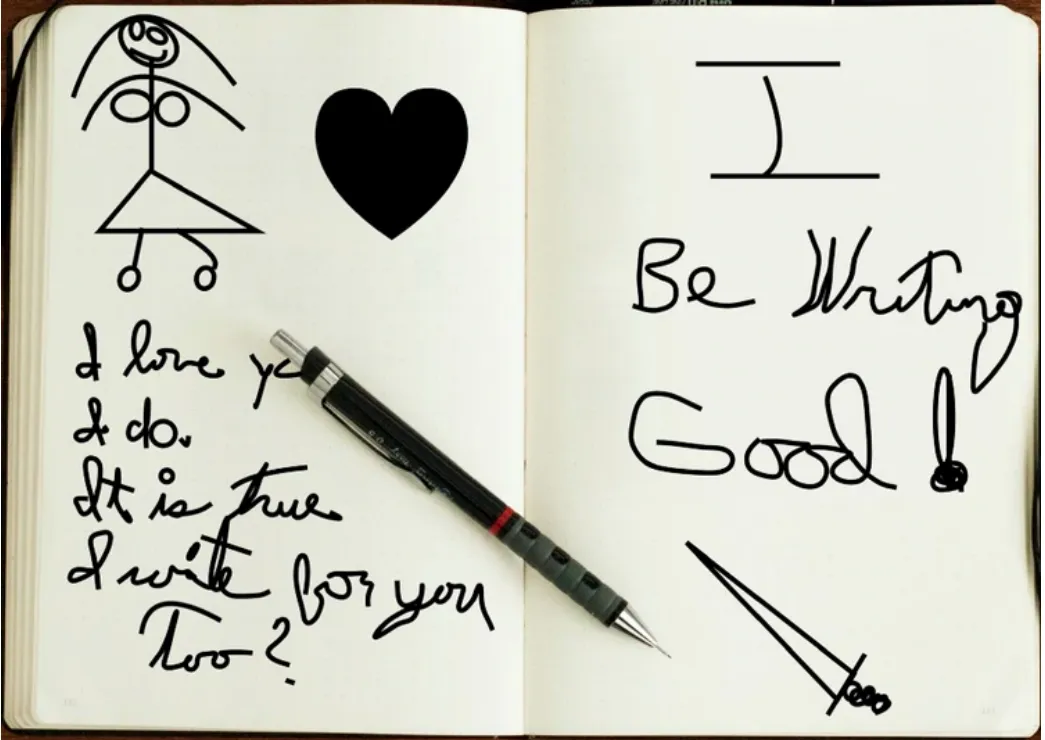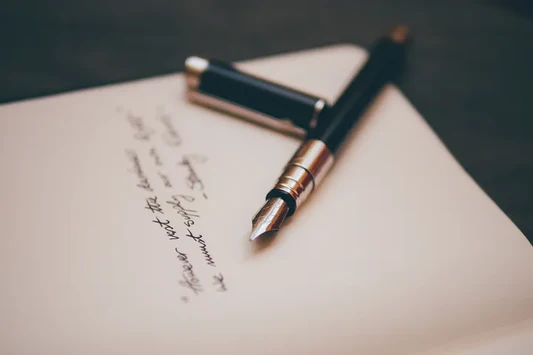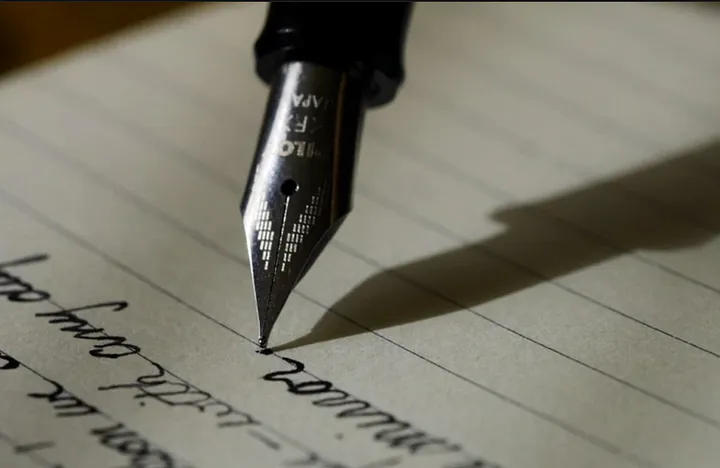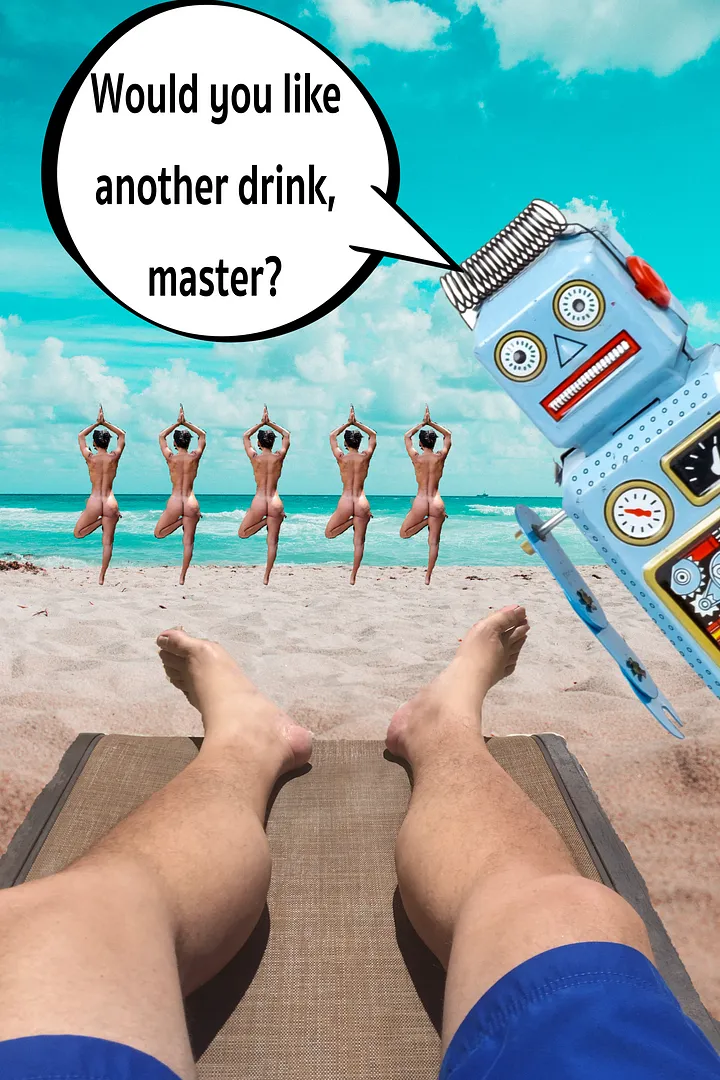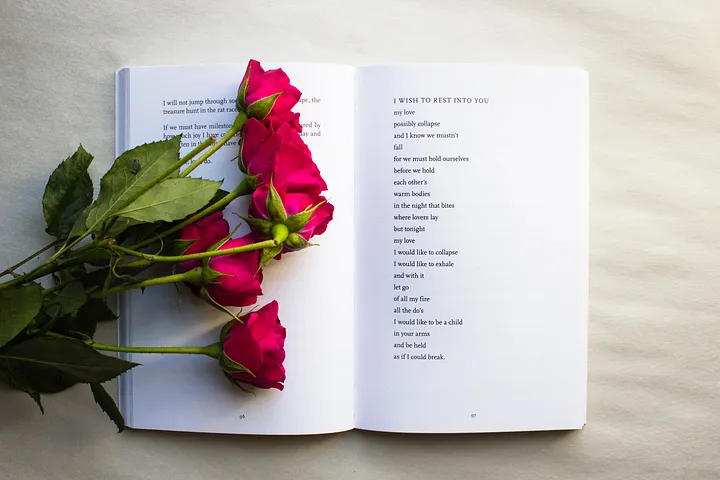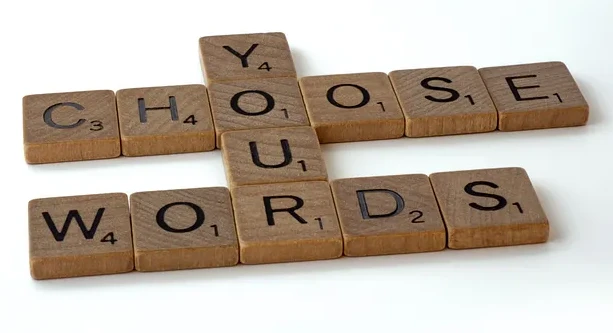Table of Contents
- Writers & Rhetorical Analysis
- What is rhetorical analysis?
- Examples of Rhetorical Analysis
- Forms of Rhetorical Analysis
- Bias, Rhetorical Devices, and Argumentation: Citizen Kane
- Rhetorical Analysis of Citizen Kane’s Speech
- A Rhetorical Analysis of Pantene’s Commercial with Salena Gomez
- The Importance of Rhetorical Analysis
Writers & Rhetorical Analysis
As a writer, you need to understand rhetorical analysis because it provides an understanding of rhetoric or the skill of persuasive writing. No matter what you are writing, you need this skill to prove points or to convince readers to believe world. Rhetorical analysis might seem complicated, but it is actually something you already perform to some degree. If you have ever seen a commercial and questioned the credibility of the advertising, you have performed a form of rhetorical analysis having analyzed the message and determined you do not believe it. Expanding on this idea, we can understand rhetorical analysis as a version of critical thinking focusing on rhetoric or the persuasiveness of the author or speaker.
What is rhetorical analysis?
Rhetorical analysis is the process of examining how an author or speaker uses words, images, and other elements to influence an audience. It involves evaluating the strategies and techniques employed to convey a message and persuade the audience. In essence, it delves into the art of persuasion and communication, dissecting the choices made by the creator of a text to achieve a particular purpose. Such analysis can be applied to a wide range of mediums, including written texts, speeches, advertisements, visual art, and even social media posts. By deconstructing the elements of rhetoric, such as ethos, pathos, and logos, rhetorical analysis seeks to uncover the underlying persuasive tactics at play.
Examples of Rhetorical Analysis
One example of rhetorical analysis could be the examination of a famous speech, such as Martin Luther King Jr.'s "I Have a Dream" speech.
In this instance, a rhetorical analysis would delve into King's use of emotive language, historical references, and repetition to effectively convey his message of equality and justice. By critically analyzing the speech's structure and language choices, one can gain insights into how King aimed to resonate with his audience and inspire action.
Forms of Rhetorical Analysis
Rhetorical analysis can take many forms at the discretion of the author. In this example, I chose to analyze Citizen Kane's Speech for bias, rhetorical devices, and argumentation.
Bias, Rhetorical Devices, and Argumentation: Citizen Kane
Rhetorical Analysis of Citizen Kane’s Speech
To many individuals, Citizen Kane’s campaign promise speech is an example of the strength of conviction of Citizen Kane’s resolve to end corruption. But in deeper analysis one finds that his speech is a collection of faulty logic constructed upon emotionally charged rhetoric. The point of the speech seems to be about Kane making campaign promises, but instead becomes an attack on the character Jim Getty.
The speech begins with a campaigner announcing Kane to the audience and in this opening can be found the first use of rhetorical devices. “…Charles Foster Kane, the fighting liberal, the friend of the working man, the next Governor of this State, who entered upon this campaign — ” This use of alliteration (rhetorical device) and asyndeton (rhetorical device) charges the listener or reader with positive feelings about Kane as their leader.
The next form of rhetoric comes in the form of anadiplosis (rhetorical device). This device is present in the third and fourth paragraph of the speech. The first occurrence the name “Jim Getty” is repeated, and the second occurrence is the repetition of the words “slum child.” By ending one clause and starting the next with same words anadiplosis creates a dramatic pause in the speech giving strength to the orator.
Aposiopesis (rhetorical device) is another form of common rhetoric used in the speech delivered by Kane. In each of the first four paragraphs this form of rhetoric appears. In each occurrence the abrupt ending of the sentence gives weight to Kanes speech. This abrupt ending provides dramatic pause and gives the reader or listener the belief that this is a statement of importance.
The use of enthymemes (rhetorical device) in Kane’s speech gives a dramatic flair and comedic distraction. Used three times, in the second, third and fifth paragraph, these syllogisms contain unstated premises that when inferred by the audience, give strength to Kane and provide comedic relief. When Kane says that he has not made any campaign promises because he did know he had a chance of winning, is an excellent example of this form of rhetoric. There is an unstated premise that there is no need to make a campaign promise if one is not going to win. This is a form of circular logic and has no meaning but does make the audience laugh thus providing comedic relief.
The second example of enthymeme (rhetorical device) is in the third paragraph when Kane states that he can now afford to make a campaign promise. The unstated conclusion to this syllogism is that because he knows that he is going to win he can therefore afford to make promises. This continuation of circular reasoning again provides comedic relief evidenced by the audience’s laughter.
Finally, the third enthymeme is again a continuation of this same circular logic applied to the subject of campaign promises. Kane states, “Well, I’d make my promises now if I weren’t too busy arranging to keep them.” The implied premise is that Kane is busy arranging to keep his promises to have time to state them. This is nonsensical at best and gives the illusion that Kane is so busy working for the welfare of his constituency that there is no time to state what exactly he is doing. Again, this rhetorical device provides comic relief and gives an air of strength to Kane.
Embedded in Kane’s use of rhetorical devices, exists very few arguments. There are many claims stated, but no evidence is given to support these claims. In fact, the closest resemblance to an actual argument is the initial claim made by the campaigner and Kane, that Kane entered the race with only one purpose; “to point out and make public the dishonesty, the downright villainy, of Boss Jim W. Gettys’ political machine —”
Kane supports this claim through the use of the ad hominem fallacy. Kane continuously attacks Getty’s character with epithets. The use of the words “evil” and “villainy” invoke negative feelings in the listener or reader but remain hollow accusations.
There is unclearness whether Kane is just grandstanding for campaign purposes, or he is trying to state his campaign promises. If one assumes that Kane is trying to make campaign promises, then most of the speech becomes evidence of a red herring argument. Kane, instead of giving campaign promises, attacks Getty and assumes the position that he has made his campaign promises. This same fallacy could also be seen as a form of scapegoating. Kane seems to dodge any normal campaign questions by building his entire political platform on blaming Jim Getty and accusing him of corruption.
To say that Kane is biased is a terrible understatement. Considering that Kane’s entire campaign purpose is to expose Jim Getty as fraudulent and corrupt. Kane makes no attempt to hide his feelings toward Getty as he publicly attacks Getty’s character, making this speech a perfect example of rhetoric and fallacy masquerading as strong conviction of character.
The overuse of rhetorical devices, conflated with unsubstantiated claims, gives the listener or reader the impression they of a virtuous speech and an appeal to justice. But under close scrutiny, Kane’s speech fails to provide a valid argument. Even Kane’s attack on the character of Getty is fallacious in that it provides no proof to support its claims.
This rhetorical analysis focuses on the logic or logos which is the rationality or logic of the rhetorical devices used and how they change perceived meaning in relation to emotion or pathos and character or ethos. To understand these concepts better, let's look at another example.
A Rhetorical Analysis of Pantene’s Commercial with Salena Gomez
Ethos, Pathos, & Logos in Media
In 2015, Pantene signed popular pop artist, Selena Gomez, as a brand ambassador as part of an ongoing marketing campaign to attract the ever-growing population of Latina consumers. Gomez has since created videos using her music to advertise Pantene’s shampoos and conditioners. One of the videos Gomez made in 2019, English Pantene Commercial, provides an example of the effectiveness of visual text and advertising to achieve market share for Pantene. A rhetorical analysis of visual text using appeals of ethos, logos, pathos shows the effectiveness of the English Pantene Commercial for targeting audience.
Intent
Understanding rhetoric begins first in understanding the intent of the messenger. Salena Gomez is the brand ambassador for Pantene which is defined as a person hired by a corporation to represent the company positively and to make expand brand awareness and increase sales. These individuals are not merely selling the product but are intended to reflect the company identity and values. Ultimately, these individuals are hired for the large audiences they represent that share similar values to the company.
Salena Gomez is a very popular musician and pop singer of Latin descent and has been extremely vocal in her support and pride of heritage. Gomez’s dedication to the Latin American community provides a large point for Pantene to expand its sales into this community and brand itself with greater diversity.
Within this framework, the messenger is not Salena Gomez entirely but is rather Pantene using Gomez as a channel for communication. It is important to understand this idea because even if Gomez was chosen to represent the values of the company, this does not mean that the company is credible or authentic in meaning. The question of authenticity of the message is not important in the rhetorical analysis but does present the intent and focus for the message.
Understanding these points provides the foundation upon which to analyze the video. The intent of the video is to, ultimately, sell more product and to expand market to Latinas. All rhetoric within the video can be seen through the lens of this persuasive purpose.
Ethos Appeals
The subtle use of ethos appeals in the Gomez video is extremely effective conveying a message to the intended audience of young Latinas. Ethos is defined as an ethical appeal intended to persuade an audience using the author’s credibility or character. Gomez’s presence in the video conveys, to a large degree, credibility for the product as she is a respected and well-known Latina artist who is trusted by many Latina fans. While this credibility, in terms of ethos, appears the weakest point of the visual rhetoric, it is actually the most important as it provides a foundation for persuasion.
Even though Gomez’s credibility is based on nothing more than likability and popularity, her credibility drives the video’s persuasion in a number of ways related with character. Character appeal is subtly embedded in the visual text in a number of ways, but most importantly, in the depiction of moral or character reference. For example, the video begins with Gomez awakening and seeing her daughter off to school which appeals to motherhood as a character trait. This form of rhetoric or appeal to morality is further pronounced through images of Gomez preparing for a wedding. Elements such as friendship and family appear in the interactions of girls preparing and the (assumed) father of the bride near the end of the video. What these appeals to credibility produce is targeting of Latina consumers who shares these particular values of motherhood and the importance of marriage. As such the commercial taps the Latina market strongly based on values important to the culture reflected by Gomez.
Pathos Appeals
The stronger and more apparent persuasion formed from the video’s ethos, is the emotional appeal or pathos. Pathos or appeal to emotion utilizes emotion such as joy, happiness, and other feelings to persuade audiences to a particular point or conclusion. The video, in its most simplistic understanding, feels good. This feeling is created through a combination of appeals to emotion starting first with Gomez herself who begins by awakening happy and smiling. The video moves through a series of scenes of Gomez seeing her daughter off to school and then shifting to girls (assuming friends) either preparing their hair or being playful.
The video’s narrative is not clear in terms of plot but a rough idea of the girls and importance of styling their hair is formed with constant shifting from girl to girl preparing for a wedding. This narrative is not entirely clear as the audience must learn what is happening, but attention is driven to the story by the positivity reflected in the action. This is perhaps one of the clearest examples of an appeal to emotion as the scenes loosely connect, leading to a wedding, and the emotion driven by the playfulness clearly gives the action a positive, upbeat appeal.
Strengthening this video’s positivity is Gomez singing her hit song “Back to You,” which is perhaps one of the most powerful examples of appeal to emotion. The song, while upbeat and emotionally charged, has little or nothing to do with the video and may even be interpreted to be counter to Gomez’s character. This contradiction is clear in the lyrics of “Back to You,”
I wanna hold you when I’m not supposed to
When I’m lyin’ close to someone else
You’re stuck in my head and I can’t get you out of it
If I could do it all again, I know I’d go back to you.
Yet, despite singing about thinking about someone while with another person, the video provides an upbeat appeal for a narrative of a wedding. This appeal to emotion is so strong it overrides the obvious contradiction between ethos (character) and pathos (positivity) by leveraging the emotion and feel of the song. As such, the emotion generated by the song and the positive upbeat of the video provides a transference of likability from Gomez, the song, and actions of the video to the audience intended to make Pantene likable to the target market.
Logos Appeals
The weakest form of persuasion in this video is logos which is the appeal to logic. Logos relies on arguments and the use of facts or logic to persuade audiences. The video possesses no strong logic and if anything, shows the irrational nature of appeals to credibility and emotion. The video provides no factual argument as present in other shampoo commercials such as Head & Shoulders which often uses the fact that the product effectively treats dandruff. To the contrary, there is nothing in the video to logically or rationally provide appeal to Pantene and the product is only shown twice in the video. This lack of logos is not surprising considering that logos is effective but requires a logical and rational audience to be effective. This is not to say that the audience lacks logic, but the video is not trying to prove or argue a logical point and hair products such as Pantene serve a function of beauty in many instances, not practical purpose. This understanding provides a strong underlying argument for the effectiveness of the Gomez video and the effectiveness of visual texts.
Visuals
Visuals, sometimes called visual texts or visual elements (symbols, paintings, photographs, advertisements, cartoons, etc.) effectively use rhetoric such as appeals to emotion and character even in the absence of rational argument or facts. Pantene’s video provides the evidence of this as Salena Gomez being a brand ambassador based on no expertise in shampoo and having a strong appeal to young Latinas. The strength of persuasion in this video highlights a number of elements within the analysis of rhetoric. Most important is the idea that persuasiveness is not dependent on logic. If logic were applied to the video the argument would be, Salena Gomez uses Pantene and therefore it is a good product to use, or some other unsound argument. The appeal of the advertisement is emotional and works for a variety of reasons, but most importantly, as an appeal to vanity and happiness. As such, Salena Gomez can be considered a visual text since we are watching a video. Consider for a moment the context of this video and what Salena Gomez represents.
We might describe her presence in the video as a young Latina of the Millennial Generation, representing fun, family, and beauty. The context within a Pantene commercial makes her a promotion or promotion tool.
Using this visual analysis, we can go further in our discussion of the video taking into account the purpose. Young, Latina Millennials are the obvious target market for Pantene, and more specifically, a fun oriented demographic that is family focused. While Gomez represents young, family oriented, Latinas, she is also a highly popular artist of the Millennial Generation. This target is spoken to through the visual text (video) using images and the feel of music but not in an overt manner. This makes her reach long amongst young women targeted in this video, which provides cross demographic appeal. This appeal changes nothing but does deepen the lack of logos inherent in the advertisement. Literally, there is nothing beyond Salena Gomez’s youthful, Latina appeal and upbeat music to persuade the audience, but it is enough.
The Importance of Rhetorical Analysis
We can think of rhetorical analysis as a focused form of critical thought meant to discover the rhetorical appeals and devices to determine what makes rhetoric persuasive. Insights gained from rhetorical analysis can be diverse and enlightening. Through this process, one can develop a deeper understanding of how language and visuals are used to shape perceptions and attitudes. It also fosters critical thinking skills by prompting individuals to question the motives behind communication strategies. Furthermore, it enables individuals to become more discerning consumers of information in a world inundated with persuasive messages. Rhetorical analysis equips individuals with the ability to recognize bias, manipulation, and fallacies in various forms of communication.
Rhetorical analysis is a valuable tool for understanding the power dynamics inherent in communication. It provides a framework for deconstructing persuasive techniques and gaining insights into the intentions behind them. By examining examples such as speeches or advertisements through a rhetorical lens, one uncovers the strategic choices made by creators to influence their audience. Ultimately, rhetorical analysis offers a pathway to developing critical thinking skills and becoming more astute information consumers.
 Question? Comment? Rebuttal?
Question? Comment? Rebuttal?Copy the article's title or link to send with your response.



